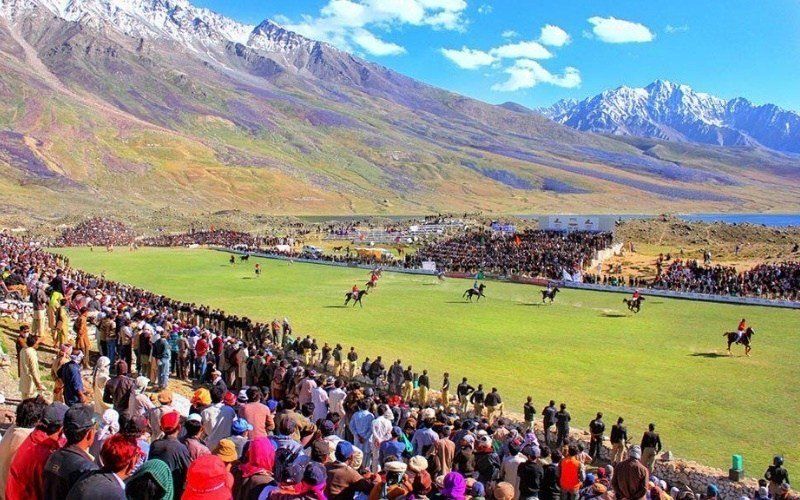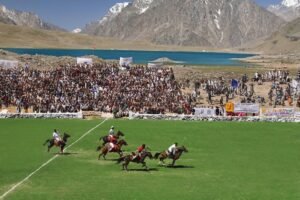Title: Switzerland and the United Nations: Anchors of Global Stability and Diplomacy
In the intricate tapestry of international relations, certain nations emerge as pillars of stability, diplomacy, and humanitarianism. Switzerland and the United Nations stand tall among these, each playing a distinctive yet intertwined role in shaping the world’s socio-political landscape. From the serene Alps of Switzerland to the bustling corridors of the UN headquarters in New York, these entities exert influence far beyond their borders. Let’s delve into their significance and the symbiotic relationship they share on the global stage.
Switzerland: A Haven of Neutrality and Innovation
Nestled in the heart of Europe, Switzerland boasts breathtaking landscapes, renowned chocolates, and a legacy of neutrality that stretches back centuries. Despite being surrounded by major European powers, Switzerland has managed to maintain its sovereignty and independence through a policy of armed neutrality, abstaining from taking sides in conflicts. This neutrality, enshrined in its constitution, has earned Switzerland the trust of nations worldwide, making it a natural hub for diplomacy and peace negotiations.
Beyond its diplomatic prowess, Switzerland stands as a beacon of innovation and prosperity. Its robust economy, fueled by a highly skilled workforce and a thriving tech sector, has made it a global leader in fields ranging from finance to pharmaceuticals. The Swiss commitment to excellence and precision is exemplified in its renowned watchmaking industry and scientific research institutions, which continually push the boundaries of human knowledge.
Moreover, Switzerland’s commitment to humanitarianism is unwavering. Geneva, often dubbed the “humanitarian capital of the world,” hosts numerous international organizations, including the International Committee of the Red Cross (ICRC) and the United Nations Office at Geneva (UNOG). These institutions work tirelessly to alleviate suffering, provide aid to refugees, and uphold human rights on a global scale.
The United Nations: A Beacon of Hope and Cooperation
In the aftermath of World War II, the world yearned for an organization that could prevent future conflicts and foster cooperation among nations. Thus, the United Nations was born, embodying the collective aspirations of humanity for peace, development, and human rights. With its headquarters situated in New York City, the UN serves as a forum for dialogue, negotiation, and consensus-building on issues ranging from climate change to international security.
At the heart of the UN’s mission lies the pursuit of the Sustainable Development Goals (SDGs), a blueprint for achieving a better and more sustainable future for all. From eradicating poverty and hunger to promoting gender equality and environmental sustainability, the SDGs encapsulate humanity’s shared vision for a brighter tomorrow. Through its specialized agencies, such as the World Health Organization (WHO) and the United Nations Children’s Fund (UNICEF), the UN works tirelessly to implement these goals and improve the lives of people around the globe.
Moreover, the UN plays a crucial role in peacekeeping and conflict resolution, deploying peacekeepers to some of the world’s most volatile regions. These blue-helmeted troops work tirelessly to protect civilians, facilitate the delivery of humanitarian aid, and support the transition to peace in war-torn nations.
Switzerland and the United Nations: Partners in Global Governance
While Switzerland is not a member of the United Nations, it enjoys a unique relationship with the organization, serving as the host country for numerous UN agencies and playing an active role in multilateral diplomacy. Switzerland’s commitment to neutrality, humanitarianism, and diplomacy aligns closely with the principles espoused by the UN, making it a natural ally in the pursuit of global peace and prosperity.
Switzerland’s contributions to the work of the UN are manifold. As a host country, it provides a neutral and secure environment for international negotiations and dialogues, facilitating diplomatic breakthroughs and peace agreements. Furthermore, Switzerland actively participates in UN initiatives and peacekeeping missions, leveraging its expertise in mediation and conflict resolution to promote stability in conflict-affected regions.
In return, Switzerland benefits from its close ties with the UN, gaining access to valuable resources, expertise, and networks. Through its engagement with the UN system, Switzerland amplifies its voice on the world stage, advocating for its core principles of neutrality, human rights, and humanitarianism.
Conclusion: A Shared Vision for a Better World
In a world fraught with challenges and uncertainties, Switzerland and the United Nations stand as steadfast guardians of peace, cooperation, and human dignity. Through their unwavering commitment to diplomacy, innovation, and humanitarianism, they embody humanity’s collective aspirations for a better world.
As Switzerland continues to serve as a beacon of neutrality and diplomacy, and the United Nations strives to fulfill its mission of peace and development, their partnership remains essential in navigating the complex challenges of the 21st century. Together, they inspire hope, foster cooperation, and pave the way for a more just and sustainable future for generations to come.




